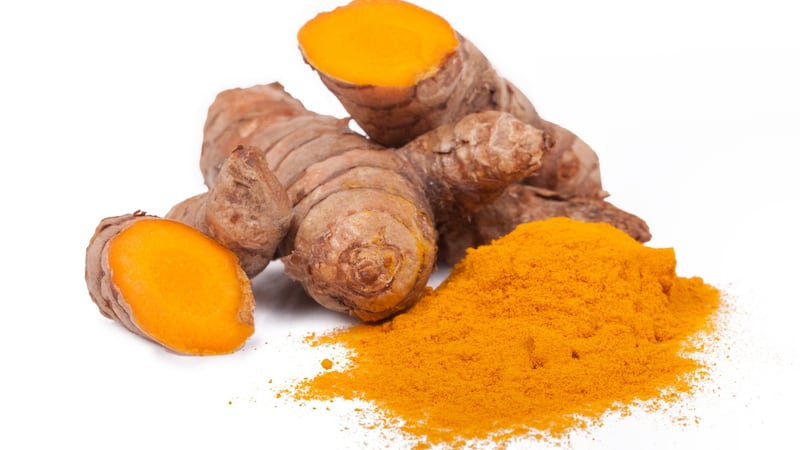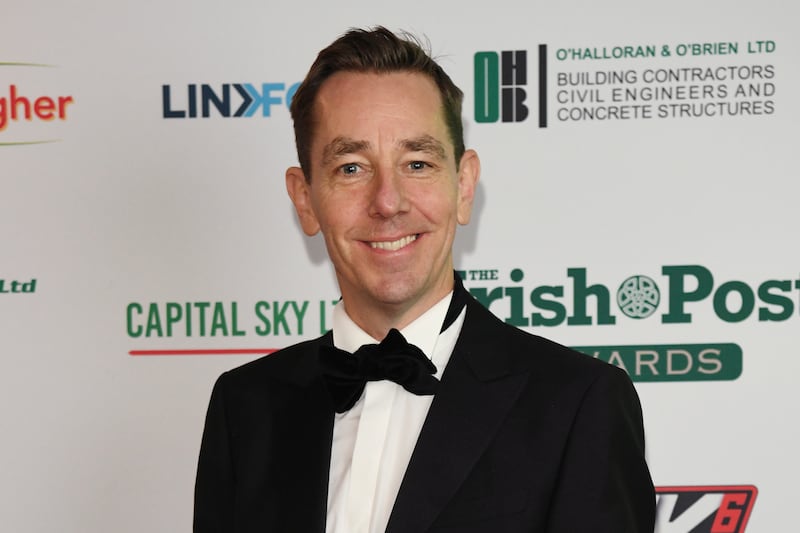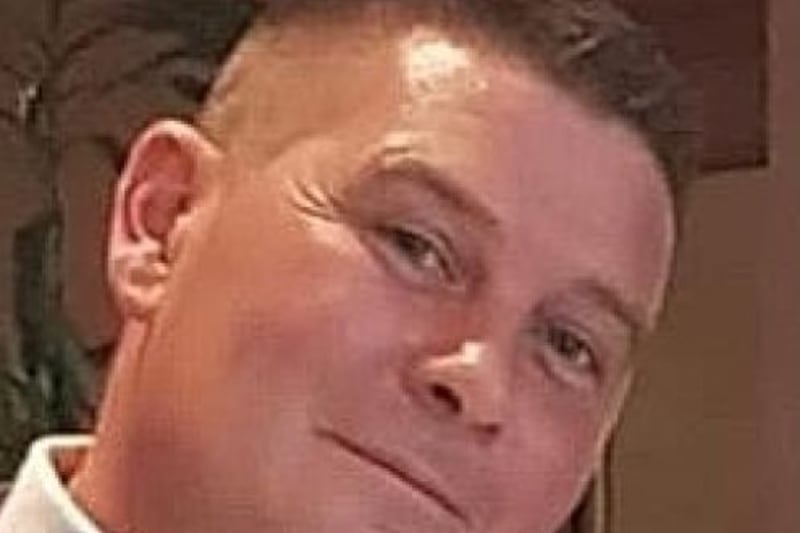The 59th BT Young Scientist & Technology Exhibition “has returned from space” with more than 1,100 students gathering in Dublin’s RDS to showcase their endeavours.
The BTYSTE, which officially opens on Wednesday, will be in person for the first time since 2020 following two virtual versions due to Covid. Some 550 projects from 212 schools are on display, and 40,000 people are expected to attend.
Co-founder Dr Tony Scott said engaging with students via “an electronic slot” during those “two years in space” was not the same. As a judge, he applies a useful formula: What did you set out to do? How did you do it? What did you find? “You build up a rapport ... They benefit from that. You’re not somebody coming through on Zoom.”
As projects from Dublin schools were being set up on Tuesday, the breadth of scientific exploration was immediately evident.
READ MORE
Evan Pollard (16) of St Joseph’s Secondary School, Rush, has developed a diagnostic application to detect colour blindness in children.
Through his computer coding skills, he devised three different games, “each getting harder” to confirm the diagnosis within a few minutes. An award winner last year, he is hoping to build on this in the 2023 contest.
[ Dublin students declared BT Young Scientists of the Year for 2022Opens in new window ]
His colleague Luke Brown (15) has entered a project focusing on balance – notably how long people can balance on one foot, on the premise that it is a key exercise and health indicator.
The contrast between young and old was stark, he said. Young people typically can balance on a foot for up to 40 seconds, with people over 60 it was usually less than five seconds.
Sahasra Vivek Kumar (13) and Isabel Mitchell (14) from Malahide Community School attempted to discover new plant-based dyes for use in fabrics in an attempt to make fashion more sustainable.
Their dyes are more environmentally friendly yet still efficient in ensuring permanent colouring. Turmeric, blueberry and beetroot did the business, while red cabbage, coffee and grass was soon washed out, explained Sahasra.
“It was great fun and interesting,” added Isabel. Turmeric with its “very nice golden hue” worked best. As for going into business together, she said “maybe in the future”.

Dr Scott initially believed the contest would last a few years but “it has gained momentum every single year”. By helping to produce people pursuing STEM (science, technology, engineering, maths) careers, it has also benefited the country and critical industries, he added.
[ Stem opportunities via another routeOpens in new window ]
He likes the way the unique family of previous winners come back every year and contribute to the event though “unfortunately they call me the grandfather”.
In a message to participants in advance of opening the exhibition on Wednesday, President Michael D Higgins said: “What a great time it is to be a young scientist – challenging, yes, but so potentially fulfilling to know that the choices you make will have effects that are important, not just for your own time but for the very possibility of life in its diverse forms, on our vulnerable planet.”
Members of the public can attend at the RDS Dublin from Thursday until Saturday, withwith tickets available from btyoungscientist.com.
It is not just a secondary science fair with a prize at the end of it. These students are going on to profoundly improve society,
— Shay Walsh, BT Ireland
Organised by BT Ireland, it has become a leading school STEM exhibition in Europe, attracting more than 100,000 participants since first staged in 1965.
BT Ireland managing director Shay Walsh said an in-person event was hugely important for participants, enabling their ideas to be explored and questioned, and providing a platform to demonstrate to others what hey have done.
“During our 23 years as custodian, I am always amazed by the high calibre of the projects on show, addressing some of the major challenges our world is currently facing,” he said.
About 24 per cent of projects this year relate to physical and mental health, including stress among young people. The second biggest category is “investigating why climate change is happening and looking at solutions”, Mr Walsh said. Projects range from using naturally available materials to capture carbon, to identifying novel feedstocks to reduce methane in agriculture.
The BTYSTE was “not just a secondary science fair with a prize at the end of it. These students are going on to profoundly improve society,” he said.



















